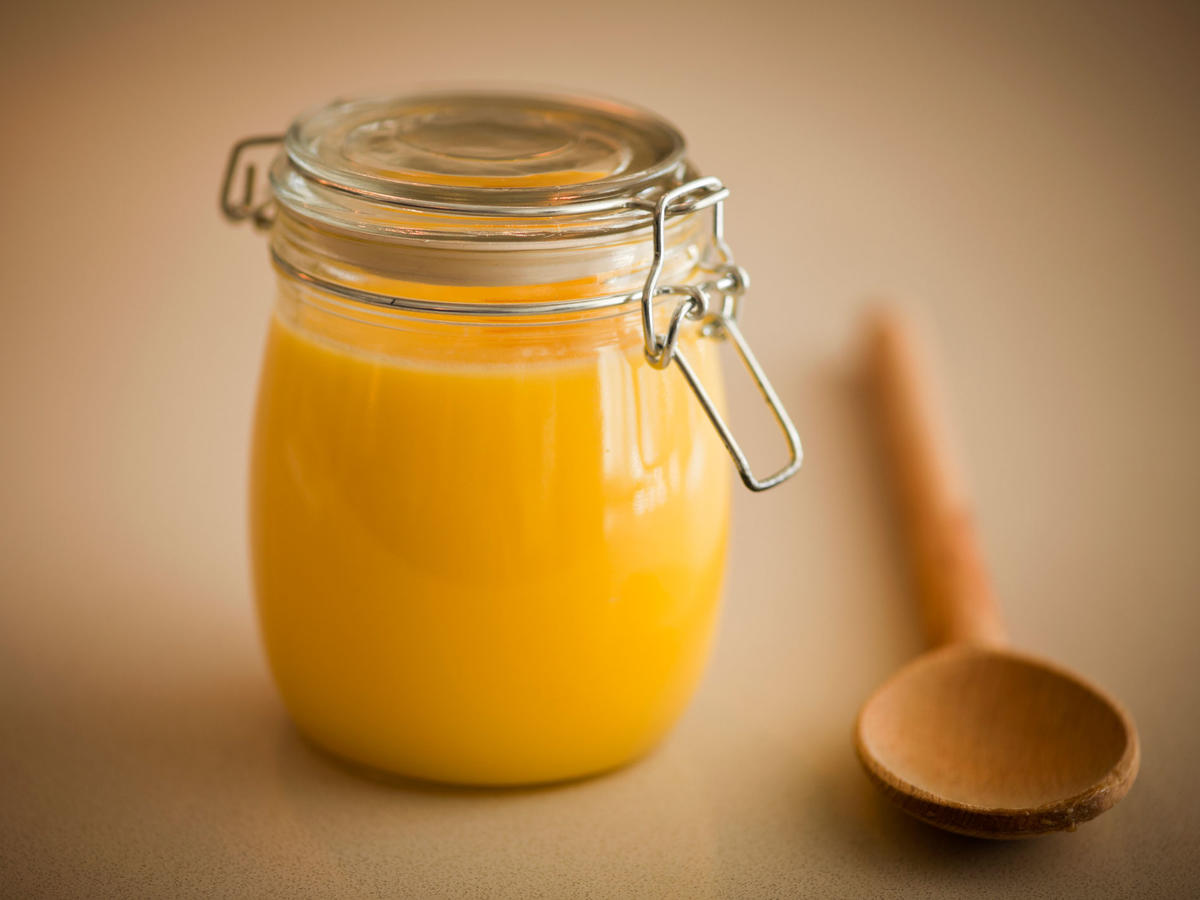Why You Should Use Ghee ? – The Clarified Butter
What Is Ghee ?
Ghee is a class of clarified butter which is used in dishes, medicines, and traditional religious rituals in many parts of Southeast Asia. “Ghee” comes from the Sanskrit word meaning “sprinkled,” and it basically means that the milk fat is rendered from the butter to separate the milk solids and water. It is prepared by melting butter and skimming any impurities from the surface. Spices can be added for flavor. The texture, colour, and taste of ghee depend on the quality of the butter, source of the milk used in the process and the duration of the boiling. You’ll be left with a yellow liquid when it’s hot and a creamy looking solid one when the ghee cools down.
In Hindu Tradition
In Hinduism, the ghee is made from the milk of cows which are considered sacred, and it is a sacred requirement in Vedic and homa (fire sacrifices), through the medium of Agni (fire) to offer oblations to various deities. Fire sacrifices have been performed dating back over 5,000 years. They are thought to be auspicious for ceremonies such as marriage, funerals, etc. It is also necessary in Vedic worship of divine deities, with aarti (offering of ghee lamp) called diyā and for Panchamruta where ghee along with rock sugar, honey, milk, and curd is used for bathing the deities.
Whether It Be A Marriage Or A Pooja , Make It More Auspicious By Using Our Ghee !
In Cooking
Ghee is used in rice preparations (biriyani). In North India, ghee is used in roti. In Tamil Nadu, ghee is used for pongal, dosa etc. Its also used in khichdi and in sweets such as mysore pak, ladu etc. South Indians are one of the biggest consumers of ghee. Ghee is important to traditional Punjabi cuisine, with parathas, daals and curries often using ghee instead of oil for a richer taste.
Ghee is an ideal fat for deep frying because its smoke point (where its molecules begin to break down) is 250 °C (482 °F), which is well above typical cooking temperatures of around 200 °C (392 °F) and above that of most vegetable oils.
Your Biryani Doesn’t Taste Good ? Use Our Ghee & Make Your Biriyani Delicious !
In Medicine
Ghee is described as ‘the best’ among lipid media due to its quality of inheriting and enhancing the drug potency. Ghee is used in different doses for different purposes at different timings in Ayurvedic treatment. Larger doses given for cleansing purpose do not increase the level of ‘bad’ cholesterol, LDL. Instead, this increased the ‘good’ cholesterol HDL. Ghee stimulates biliary secretion and contraction of gall bladder. Ghee is also used in Ayurvedas for constipation and ulcers.
Benefits Of Ghee
1. Weight Loss
Ghee is packed with essential amino acids which help in mobilising the fat and allowing the fat cells to shrink in size.
2. Higher Smoking Point
Since it cooks at a higher point than almost any other oil, it won’t break into free radicals like other ones. Free radicals can potentially be harmful to one’s health, and when an oil smokes, it can be hazardous to a person’s respiratory system if constantly breathed in.
3. Lowers Cholesterol
Ghee can reduce cholesterol both in the serum and intestine. It does this by triggering an increased secretion of biliary lipids.
4. Healthy Digestive Tract
Ghee converts fiber into butyric acid, which is beneficial to intestinal bacteria. It also helps to increase appetite, fostering better health.
5. Rich In Vitamins
Ghee is rich in healthy fat-soluble vitamins such as vitamins A, D, E, and K. These vitamins are important for promoting bone and brain health, and for boosting the immune system.
6. Promotes Flexibility
Ghee helps to lubricate the connective tissue and promote flexibility.
So, we now know that ghee can be good for you as long as you keep an eye on how much you consume. You will be glad to know that ghee is a healthy fat that should definitely be a part of your kitchen!






















